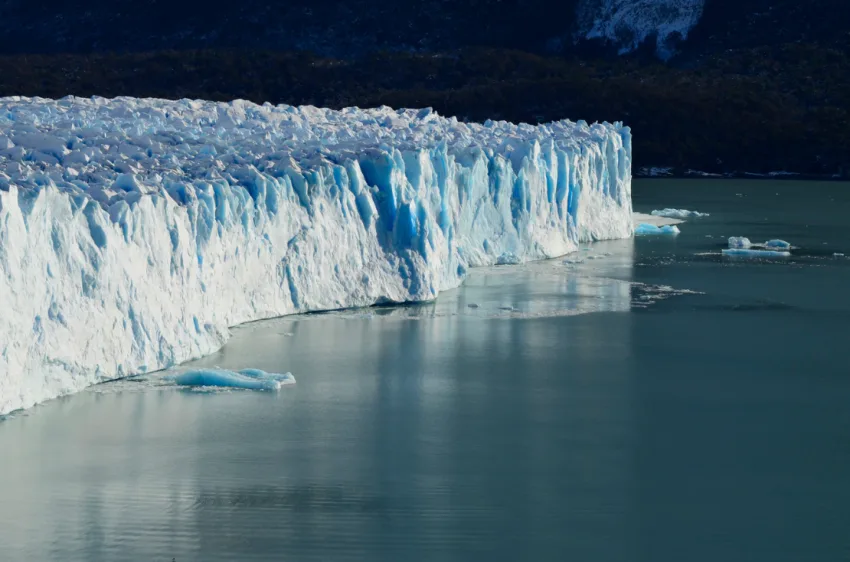
COP25 ends short of climate action commitments
Several leaders have said the outcome of this meeting is "disappointing."
The Chile Climate Summit (COP25) held in Madrid ended on Sunday with many issues left unresolved despite the conference being extended for an additional two days. Participants met to revisit the emission goals for 2020 that were set in the 2015 Paris Agreement and attempted to settle the rules for international carbon markets, however, prominent leaders have expressed disappointment in the outcome.
Antonio Guterres, UN Secretary General, said during the closing ceremony, "I am disappointed with the results, the international community lost an important opportunity to show greater ambition, but we must not give up."
The Paris Agreement aims to prevent the increase in global average temperature below 2°C above pre-industrial levels by the 197 participating nations reducing their greenhouse gas emissions. The Paris “rulebook,” which contains Article 6, outlines the rules and procedures that nations will follow to implement changes that will lower greenhouse gas emissions and includes a timeline of key milestones.
THE PROBLEMATIC ARTICLE 6
One of the goals of this conference was to finalize the “rulebook” of the Paris Agreement by establishing regulations for carbon markets and other forms of international cooperation under Article 6. This article allows countries to use international carbon markets to achieve domestic greenhouse gas reductions by emissions trading.
Essentially, if a country produces fewer greenhouse gases than their target, they can sell the remainder of the budget to another country. This practice within Article 6 is contentious and has prompted criticism that questions why countries are allowed to purchase credits that allows them to keep polluting, which undermines the overall effort of reducing global greenhouse gas emissions.
Another practice within Article 6 that has prompted disagreement is the creation of a new international carbon market that would be governed by a United Nations body where emission credits could be traded globally by both the public and private sector. For example, an energy facility that produces renewable power could sell their emission credits to a country or another company.
Article 6 has its roots in the Kyoto protocol, where they established a formula that allows high-emitting countries to buy emission credits from other countries to compensate for their excess emissions. Under the rules of the Kyoto protocol, countries that are among the biggest polluting nations in the world, like India, Australia or Brazil, are able to acquire many credits.
According to the International Chamber of Commerce, Brazil is the eighth largest emitter of greenhouse gases and produces the majority of its power from hydroelectricity. Consequently, Brazil's energy sector contributes little to its greenhouse gas emissions. However, a significant amount of emissions are released through other sectors in Brazil include unsustainable land use, large livestock numbers, large scale use of fossil fuels in its mineral processing industries and deforestation.

A forest fire in Porquinhos Indigenous Land, Maranhão, Brazil in 2017. Credit: Wikimedia Commons
This is essentially where Paris and Kyoto agreements collide today, as a large group of nations believe countries like Brazil should no longer have the right to regulate emissions under the Kyoto Protocol, and that they should adapt to modern emission goals. Reaching an agreement on greenhouse gas emission reductions amongst the participants has also become more complicated than initially planned largely because of the future possibilities with a global price on carbon and emissions trading.
Negotiators have only been able to agree on a weak consensus, where countries that are committed to acting would make a more ambitious effort against climate change. A downside to the negotiations is that they had to postpone the development of Article 6, given the impossibility of agreeing on a final text. This matter will be left for the next summit, which will be held in Glasgow in November 2020.
"It is sad that we could not reach a final agreement, we were so close," admitted Carolina Schmidt, the Chilean Minister of Environment who has held the presidency of this summit, which, according to his calculations, has been "the longest in history."
Currently, none of the 20 largest economies in the world, responsible for close to 60 per cent of global greenhouse gas emissions, have increased their modest and, what many consider, inadequate carbon reduction commitments since the Paris Agreement in 2015. One of the few sections in which progress has been made is in creating a fee for the transfer of emission rights, mainly between companies. The funds raised would be used to aid countries with fewer resources when it comes to adapting to the impacts of global warming, which already affects a large part of the planet and seems increasingly irreversible.
The initial information released about the negotiations has not been well received by NGOs. Some argue that during COP25 there has been a total disconnect between the population’s overwhelming commitment to act against climate change and that of governments and their poor negotiations.

Heads of delegations at the 2015 United Nations Climate Change Conference in Paris. Credit: Wikimedia Commons
DIVERGING DIRECTIONS
There are two blocks of countries that seem to be moving in opposite directions when committing to a given number of climate change action objectives. The United Nations and a group of 84 countries, including Spain, Germany, United Kingdom or France, pledge that revisions to the objectives agreed on at the COP25 will be presented in 2020. But this group of climate action leaders is missing some of the main emitters of greenhouse gases in the world: China, United States, Russia and India are not even close to showing any minimal sign of joining the initiative.
Other less developed countries, especially those in Africa and Asia, have teamed up with these large emitters, that alone provide more than half of the total greenhouse gas emissions, justifying that before taking action, it is necessary to check if, as proposed in Paris 2015, rich countries are helping the less well-off ones in their fight against climate change.
POSITIVE ASPECTS OF THE COP25
Seventy-three countries — including a broad European representation — have expressed their intention to reduce emissions to zero by 2050, within the framework of the Alliance for Climate Ambition. The idea is to develop medium-term measures, such as reducing 36 million tons of emissions by 2022 and more in the long term, based on laws and policies of renewable energy and electric transport. As part of the emissions control strategies, several countries, such as Germany, Norway and the United Kingdom, have also announced that they will contribute a significant economic sum to stop global deforestation.
The COP25 concluded with many things unresolved, but with a “commitment” from 84 nations to reverse the situation of their greenhouse gas emissions within a year. At the COP26 in Scotland, the entire Paris Agreement will come into force with rules and policies that will be difficult to review or reverse regardless of the scientific rigour that supports them or the impact they may have on our planet.
With files from Isabella O'Malley.











